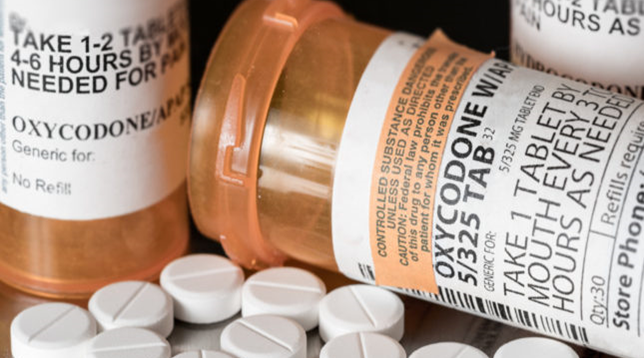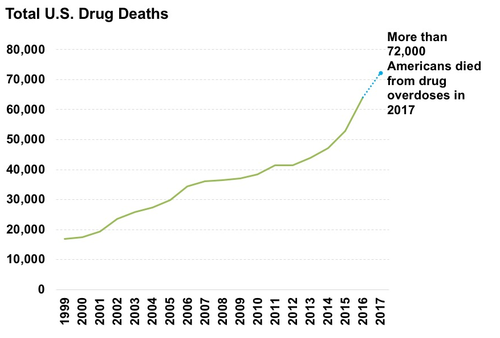49% of America’s Human Resource Depts Say Opioids Impacting their Workforce
(Article summary/highlights) – https://www.dailymail.co.uk/health/article-6435079/HALF-Americas-HR-departments-say-opioids-affected-workforce-study-finds.html

oxycodone
A new survey by The Hartford, an insurance company, found that 49% of American businesses say the opioid epidemic is affecting their offices and work sites, yet only 18% of employees feel they could recognize the effects of opioid abuse.
Fast facts:
- Nearly one in three Americans knows someone struggling with an opioid addiction. That person might be a friend, a family member, or a co-worker.
- Only 18 percent felt confident that they would recognize the signs of opioid addiction.
- In total, the opioid epidemic is estimated to cost the US economy some $40 billion a year.
- National Security Council says that employers have to spend three times more on healthcare costs for employees with substance abuse disorders than they do on other employees.
- The NSC urges employers to maintain strong policies against drug use, screen for opioids specifically and train employees to recognize warning signs that someone may be misusing or at risk for misusing opioids.
The Centers for Disease Control and Prevention (CDC) notes that, in the current opioid abuse epidemic, many people can trace their struggle with addiction back to a prescription for a narcotic painkiller, given to them after a dental surgery, back injury, or other instance of serious pain. Below is a list of some of the most addictive opiates that are commonly abused. Note that nearly all are available via prescription.
- Oxycontin
- Opana
- Demerol
- Percocet
- Vicodin
- Methadone
- Morphine
- Fentanyl
- Dilaudid
- Heroin
Warning signs of opioid abuse:
Material Signs
- Presence of syringes or needles in their rooms that have not been used for other medical purposes.
- Presence of burned silver spoons in their bedrooms.
- Gum wrappers and aluminum foils with notable burn marks.
- Missing shoelaces. Many heroin addicts use shoe laces as some form of a tie off for injection sites.
- Presence of small plastic bags that contain a fine white powdery residue.
- Presence of strange water pipes or other types of small pipes.
Behavioral Signs
- Lying or other forms of deceptive behaviors.
- The person does not maintain eye contact and at times and their field of vision seems distant.
- Unusual increase in time spent for sleeping.
- Increase in garbled, incoherent or slurred speech.
- Sudden and alarming worsening of school or work performance, which may include expulsion or loss of jobs.
- Decreased levels of attention to their physical appearance, outlook, and hygiene.
- Loss of self-drive, apathy, and motivation toward future goals.
- Withdrawal from family members and friends.
- Making new friends with no natural tie and spends quite a lot of time with them.
- Complete lack of interest towards favorite sports and hobbies.
- Repeated instances of borrowing money from loved ones or stealing from them and to some extent, unexplained loss of valuables. This is done with a motive of getting money to buy drugs.
- Strange and unusual hostile behaviors toward friends and loved ones. This may include putting blame on them for broken commitments or for withdrawal.
- Regular and common comments which to an extent indicate a decline in self-esteem and worsening body image.
- Wearing loose clothes such as long sleeves or long pants even in very hot weather conditions in order to conceal needle marks.
Workplace training:
AtHandTraining.com provides online Drug Free Workplace and D.O.T. mandated reasonable suspicion drug and alcohol training for both small and large organizations. Over 2500 companies trust AtHandTraining to provide cost effective training, available 24/7 from nearly any internet connected device.
Click Here To Buy DOT Supervisor Course – $35 or less!
Click Here To Buy DOT Employee Drug Awareness Course – $10 or less!


